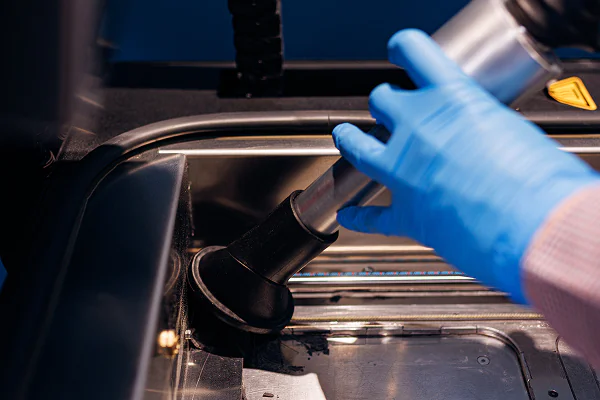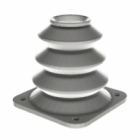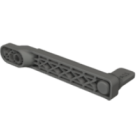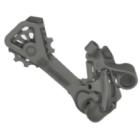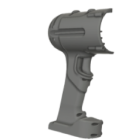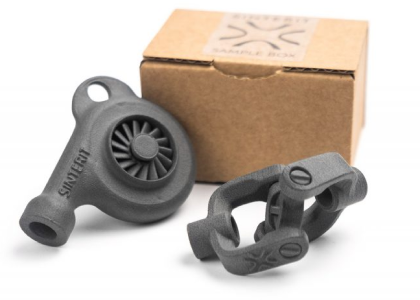Gathering funds for 3D SLS printer – a handful of tips
Over the past few years, we’ve had countless conversations with startups, product design teams, and small manufacturers around the world – all excited about the possibilities of SLS printing, yet facing the same question: how do we actually fund it?
While every company’s situation is different, these talks have helped us spot some clear patterns and best practices. Below are a few things we’ve learned from real businesses that successfully brought SLS technology in-house. And receiving SLS financing was just w part of it.
First step to invest in 3D printing: build a compelling business case
The first step is always clarity. Whenever we speak with founders or engineers who manage to secure SLS funding, they all start with a clear, well-documented business case. It’s not enough to say the printer will “save time” – show how much.
Calculate the cost of outsourcing prototypes, delays in iteration, or missed opportunities when you can’t produce parts on demand. Compare those numbers to owning your own SLS printer. The most convincing cases show measurable ROI within 12 – 24 months and highlight specific outcomes – shorter lead times, new service offerings, or reduced dependency on suppliers. When the numbers tell the story, it’s easier for stakeholders or investors to say yes.
Consider SLS funding via financing, leasing, or installment plans
In our experience, many smaller companies hesitate because they assume the full cost must be paid upfront. That’s rarely the case anymore. Financing and leasing programs are designed exactly for businesses like yours – to get started faster without locking up all your capital.
3D printer leasing allows the device to start working for you immediately, generating revenue while you spread the cost over time. Some vendors even offer tailored plans that include servicing or upgrades, which can simplify budgeting. This flexibility often turns a “someday investment” into a project that starts this quarter.
Look into grants for manufacturing startups, innovation programs, and regional incentives
One of the most overlooked funding sources we see – especially among smaller firms – are public or industry-specific grants. Many countries support innovation, Industry 4.0 adoption, or digital transformation through co-financed programs. Even if the paperwork looks intimidating, the potential savings are significant.
Companies we’ve worked with have used such grants to cover up to half the total cost of equipment or training. Your local chamber of commerce, innovation hubs, or manufacturing clusters are often the best starting points. It’s worth designating a few hours to explore these – they can make a major difference to your cash flow.
SLS financing: explore partnerships and shared ownership models
Some find success in collaborative ownership. Instead of purchasing a machine alone, they share it with another company, design studio, or even an educational partner.
For example, one startup co-invests in an SLS printer with a local prototyping lab – they split the cost, and in return, both businesses gain access to professional-grade technology. This kind of partnership not only reduces financial pressure but also builds useful relationships and a shared innovation ecosystem.
If you have reliable partners with complementary needs, this can be a smart stepping-stone toward full ownership later.
Think long-term — it’s more than just a printer
One thing that consistently comes up in our discussions is how SLS changes the way a business operates. It’s not simply about owning equipment – it’s about gaining strategic capability.
The companies that thrive with SLS see it as a long-term investment in agility and innovation. It allows them to test, adapt, and launch faster – giving them a competitive edge that’s hard to quantify but easy to feel once it’s in place. When you frame the purchase as a strategic enabler rather than a cost, the conversation about funding becomes much easier.
Q&A summary
Start by building a solid, data-backed business case that clearly shows the value and expected return. It’s the foundation for any funding conversation.
Absolutely. They’re designed to make advanced equipment accessible and cash flow-friendly, letting your printer generate value right away.
They take some effort, but many small companies have successfully secured them. Even partial funding can cover a meaningful part of the investment.
Partnerships or shared ownership models are a growing trend — they let you access professional technology sooner while sharing the cost and benefits.
Because SLS doesn’t just improve production — it transforms how your business innovates and competes. It’s a strategic move, not a short-term expense.
 Austria
Austria  Bosnia and Herzegovina
Bosnia and Herzegovina  Bulgaria
Bulgaria  Croatia
Croatia  Czech Republic
Czech Republic  Denmark
Denmark  Estonia
Estonia  Finland
Finland  France
France  Germany
Germany  Greece
Greece  Hungary
Hungary  Ireland
Ireland  Italy
Italy  Latvia
Latvia  Lithuania
Lithuania  Poland
Poland  Portugal
Portugal  Romania
Romania  Slovakia
Slovakia  Slovenia
Slovenia  Spain
Spain  Sweden
Sweden  Switzerland
Switzerland  United Kingdom
United Kingdom  Ukraine
Ukraine  China
China  Hong Kong
Hong Kong  India
India  Israel
Israel  Japan
Japan  Malaysia
Malaysia  Philippines
Philippines  Saudi Arabia
Saudi Arabia  South Korea
South Korea  Taiwan
Taiwan  Thailand
Thailand  Turkey
Turkey  United Arab Emirates
United Arab Emirates  Egypt
Egypt  South Africa
South Africa  Tunisia
Tunisia  Canada
Canada  Mexico
Mexico  United States
United States  Brasil
Brasil  Colombia
Colombia  Australia
Australia  New Zealand
New Zealand 


